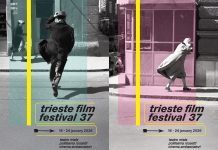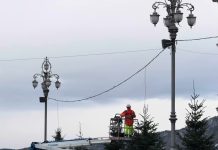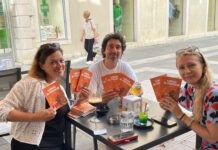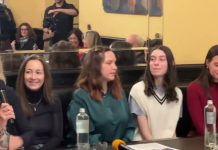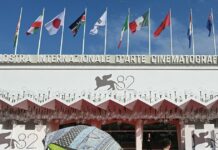by MK
The Prefecture of Trieste hosted the presentation of the 2026 Polizia di Stato calendar on Wednesday evening, November 26, unveiling a collection of photographs by Settimio Benedusi that aims to highlight the human dimension of police work.
The calendar, a longstanding annual tradition for Italy’s national police force, takes a more introspective turn this year. Questore Lilia Fredella said the project focuses on “seeing the person beyond the uniform,” an idea she described as central to the work of law enforcement. “The uniform is easily recognizable, and citizens don’t need to know the person wearing it,” she said. “But we need to consider who’s behind it, how they work, and ensure they’re content in their job so they can perform at their best.”
Fredella also addressed broader questions surrounding public safety in Trieste. While noting that a full year-end assessment would be premature, she said that 2025 has brought challenges that require what she called a holistic approach. Nightlife-related issues remain a priority, and the police have worked closely with regional authorities and local organizations, including Fipe, particularly during major events such as Barcolana. Stewards were deployed during peak crowds to act as observers and help diffuse pressure on security services.
Immigration continues to be an area of concern for residents, Fredella said, adding that recent measures have had a measurable impact. The temporary suspension of Schengen rules on the border with Slovenia, recently extended for six months, has resulted in fewer arrivals. “It takes a lot of effort and commitment,” she said, “but it is a measure that is showing results.”
Asked about safety in specific parts of the city, Fredella emphasized that risk depends less on location and more on circumstance. “I can’t tell you there’s a street you should always avoid,” she said. “Sometimes incidents happen, even in Piazza Unità.” She added that the concept of “red zones” is not a police proposal and that existing tools, such as urban DASP restrictions, already allow law enforcement to intervene where necessary.
The presentation offered both an artistic showcase and a window into the current security landscape in Trieste, underscoring the dual message of the calendar: a uniform may signify authority, but behind it stands an individual whose work shapes the everyday life of the city.






